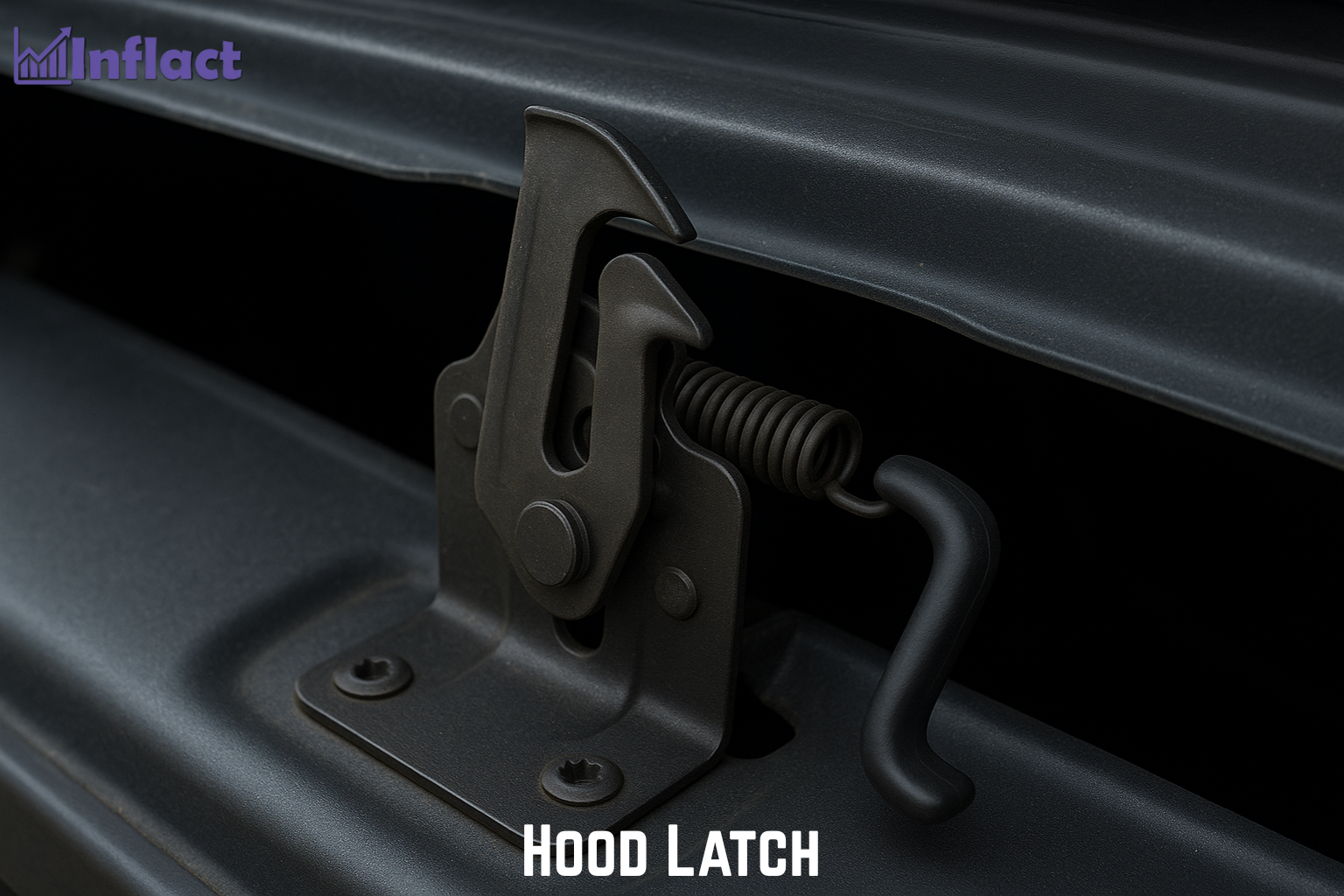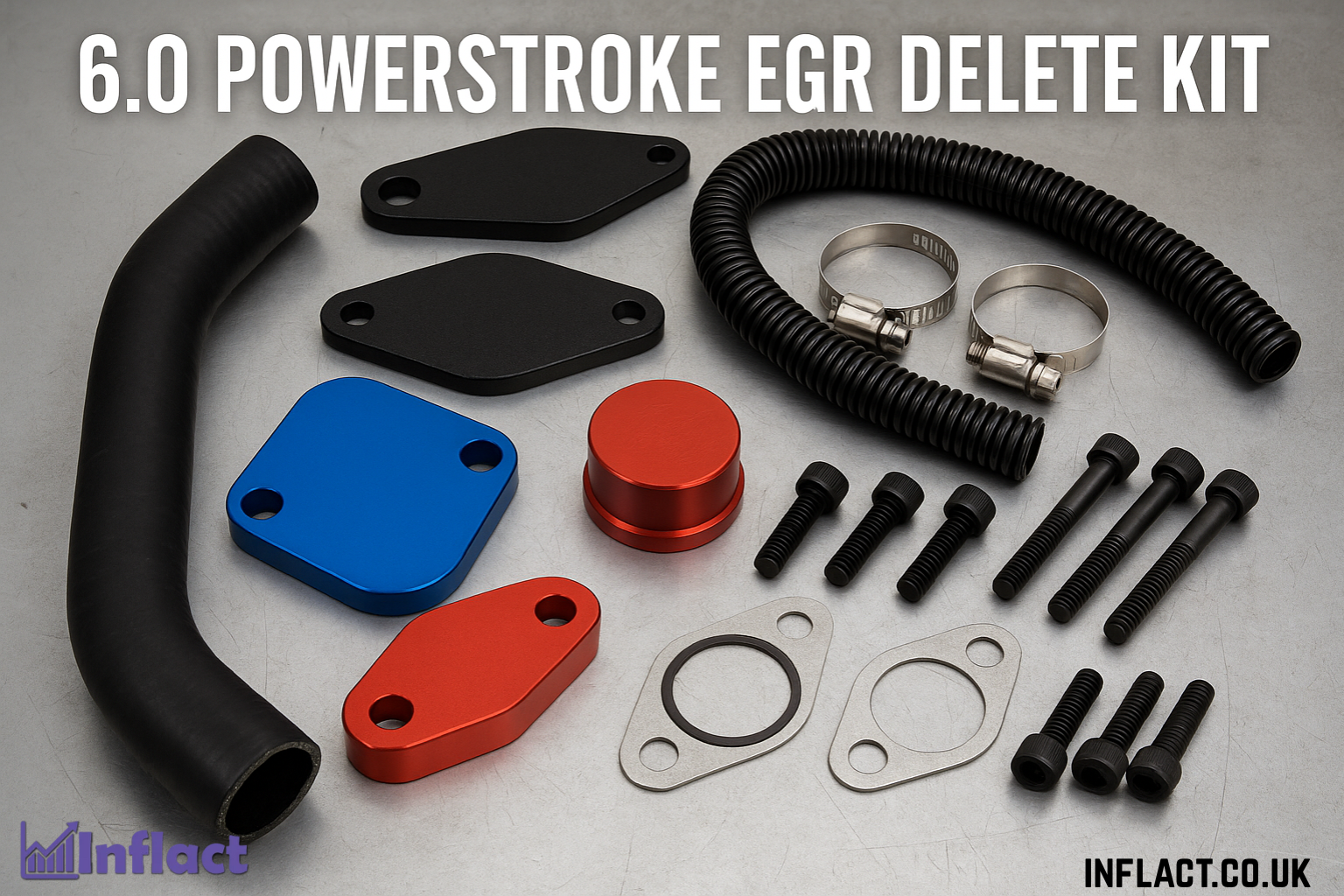Introduction
When thinking about vehicle safety and maintenance, components like brakes, airbags, or tires often come to mind. However, one often-overlooked part plays a vital role in both accessibility and protection: the hood latch. This small but essential mechanism ensures that your vehicle’s hood stays securely shut while driving and can be opened safely for maintenance. Whether you’re a car enthusiast, mechanic, or everyday driver, understanding how the hood latch works and how to maintain it can save you time, money, and potential hazards.
Also known as a car hood locking mechanism, this assembly includes parts like hood catch, hood release cable, and safety latch, all working together to ensure secure operation. In this article, we’ll break down how it functions, common problems, how to maintain or replace it, and why it’s critical to inspect it regularly.
What Is a Hood Latch and Why Is It Important?
The hood latch mechanism is a locking system designed to keep the car’s hood closed while driving. It consists of:
- A release lever (usually located inside the cabin)
- A cable that connects to the latch
- The main latch (mounted at the front of the car)
- A secondary safety catch
This two-stage system prevents the hood from flying open while driving, especially at high speeds. Without a properly functioning hood latch, the hood could open unexpectedly, obstructing the driver’s view and potentially causing an accident.
Related Terms:
- Bonnet latch (used in British English)
- Front hood lock
- Hood release system
Also Read: K Caara Leasing: The Smart and Flexible Way to Drive in Finland
How the Hood Latch System Works
The hood latch system operates through a simple mechanical motion:
- Pull the release lever inside the cabin.
- This action pulls the hood release cable, which disengages the primary latch.
- The hood “pops” slightly open.
- The driver then lifts the hood and manually releases the safety latch (a small tab under the hood).
- The hood can now be fully opened.
Components Explained:
- Primary latch: Holds the hood securely while driving.
- Secondary latch: Prevents accidental full opening if the primary fails.
- Release cable: Links the interior lever to the latch assembly.
Common Hood Latch Problems and Symptoms
Like many car components, the hood latch assembly is susceptible to wear and damage. Some of the most frequent issues include:
- Stuck hood latch: Often caused by rust, debris, or a broken cable.
- Hood won’t close completely: Indicates a misaligned latch or bent striker.
- Loose hood while driving: Extremely dangerous—often due to latch failure.
- Broken release lever or cable: Prevents the hood from opening.
Signs of Failure:
- Hood doesn’t “pop” when pulling the release
- Needing excessive force on the lever
- Rattling noise from the front of the vehicle
Regular inspection and maintenance can help catch these problems early and prevent costly repairs.
How to Open a Hood with a Broken Latch (Step-by-Step Guide)
If your hood latch is malfunctioning, especially if the release lever or cable is broken, you can still open it manually. Here’s how:
Step-by-Step:
- Turn off the vehicle and ensure it’s in park.
- Access the front grille—some cars allow you to reach through with your hand or a long screwdriver.
- Locate the latch lever—usually a metal hook or tab visible behind the grille.
- Push or pull the latch manually to disengage it.
- Lift the hood slightly and release the secondary latch by hand.
Tip: Apply penetrating oil to the latch mechanism if it’s stuck due to rust or grime.
Replacing or Adjusting the Hood Latch Assembly
If the hood latch is worn, bent, or broken, replacement is often the best solution. Here’s how to do it:
Tools Needed:
- Screwdriver
- Ratchet and socket set
- Replacement latch
- Lubricant (like WD-40 or white lithium grease)
Replacement Steps:
- Open the hood and locate the latch.
- Disconnect the release cable from the old latch.
- Remove bolts securing the latch to the frame.
- Install the new latch, ensuring correct alignment.
- Reconnect the cable and test the release lever.
- Lubricate all moving parts to ensure smooth operation.
Proper alignment is key—an off-center latch can cause improper closure or hood bounce.
Hood Latch Maintenance Tips
Keeping your hood latch in good condition involves simple but consistent upkeep:
- Lubricate regularly with grease to prevent rust and ensure smooth operation.
- Check cable tension to ensure the release works easily.
- Inspect for damage during routine oil changes or car washes.
- Avoid slamming the hood—close it firmly but gently to protect the latch mechanism.
Preventive maintenance ensures the hood latch continues to function properly, especially in harsh weather conditions where rust and grime are more common.
Also Read: 6.0 Powerstroke EGR Delete Kit: A Complete Guide for Truck Owners
Conclusion
The hood latch might not be the most glamorous part of your car, but its importance cannot be overstated. From allowing access to vital engine components to ensuring safety on the road, it plays a silent yet crucial role. By understanding how it works, recognizing signs of trouble, and performing routine maintenance or repairs, you can keep your vehicle secure and running smoothly.
If you’re experiencing latch issues or haven’t inspected yours in a while, take a few minutes during your next oil change to ensure everything is functioning correctly. For more detailed vehicle repair guides or part recommendations, consider consulting your vehicle’s service manual or a trusted mechanic.
FAQs
1. What causes a hood latch to stop working?
Common causes include rust, a broken release cable, dirt buildup, or misalignment of the latch mechanism.
2. Can I drive with a broken hood latch?
It’s extremely unsafe. If the hood opens while driving, it could block your view and lead to a serious accident. Always repair or replace it before driving.
3. How often should I lubricate my hood latch?
At least twice a year or during every major service (e.g., oil change or tune-up).
4. Is a hood latch expensive to replace?
Not usually. Most replacement parts cost between $20–$60, though labor at a shop can add $50–$100 depending on the vehicle.
5. Can I fix a hood latch myself?
Yes, if you’re comfortable with basic car maintenance. Replacing or adjusting the latch is a relatively simple DIY job with the right tools.




